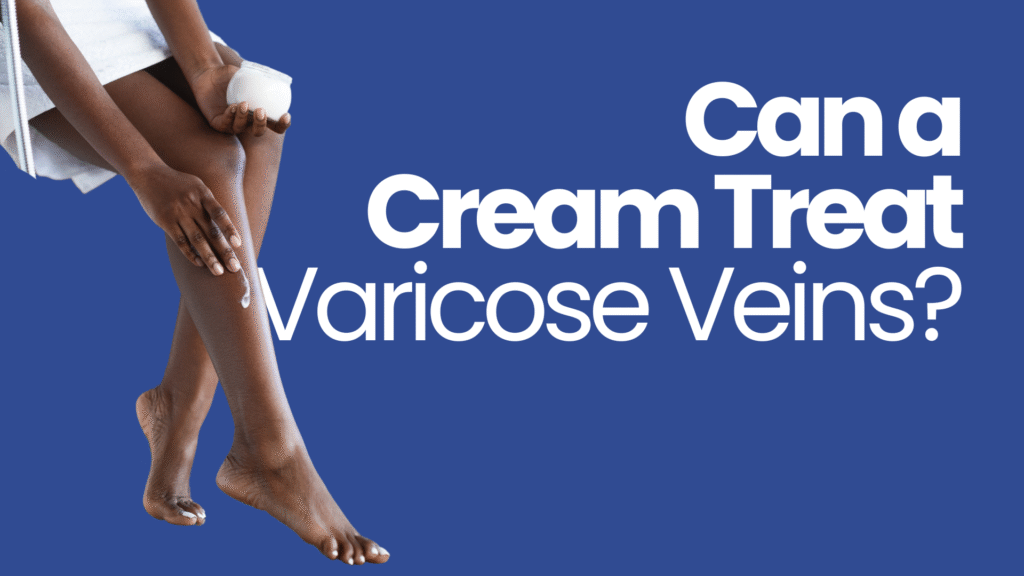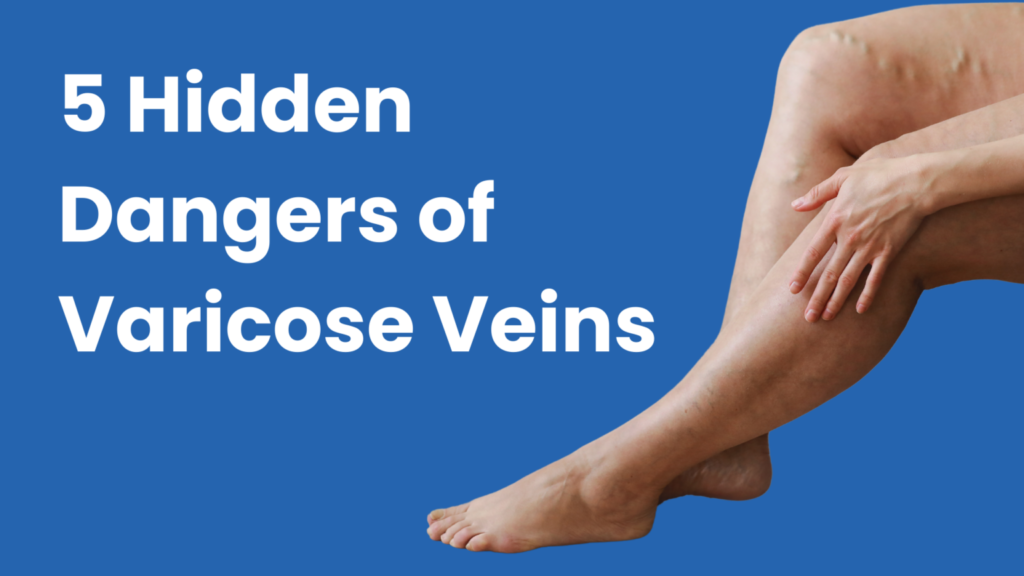Patients weighing their options for vein treatment in Deerfield Beach have likely spent a lot of time either having their veins worked on, or thinking about having their veins worked on. In between all that, however, it does one some good to have a basic understanding of what veins are, what they do in the body, and how they do it.
What They Are
Essentially, veins are blood vessels that perform the task of directing and transporting blood toward the heart. Veins primarily transport deoxygenated blood from the tissues to the heart, though umbilical and pulmonary veins are exceptions, since they both carry oxygenated blood back to the heart. Veins are essentially everywhere in the body, as they must be in order to adequately transport blood from each area of the body back to the heart.
Types of Veins
There are a number of classifications for veins: superficial veins, which are found closer to the surface of the body. Superficial veins notably lack corresponding arteries; deep veins which, as the name implies, feature veins that are relatively deep in the body and also lack a connection to corresponding arteries; perforator veins, which are meant to drain to the deep veins from the superficial, normally referred to in the feet and lower limbs; communicating veins, which provide a direct link between superficial veins and deep veins; pulmonary veins, a set of veins that carry oxygenated blood to the heart from the lungs; systemic veins, which serve to serve deoxygenated blood to the heart while draining bodily tissue.
Function
The function that veins serve in the human body is paramount. As the heart pumps blood out to different parts of the body, that blood must be directed back to the heart, and veins are the conduits for that re-direction. In essence, they take on the bulk of the “return” portion of the circulatory system. The veins deliver bluish-colored veins back to the right atrium of the heart. Once in the heart, the blood collects more oxygen as it prepares to be sent out once again. This cycle plays out countless times throughout a person’s life.
Size and Components
Veins tend to come in a wide variety of sizes. For instance, vena cava, which is the Latin term for ‘hollow vein’, is the largest vein in the body. This comes in two sections, above the heart and below it. The above section is known as superior vena cava; its function is to return blood from the chest, neck, upper limbs, and head back to the heart. The lower section is known as the inferior vena cava, which is responsible for re-directing blood from various other parts of the body to the heart once again.


